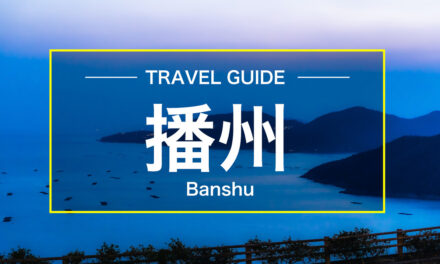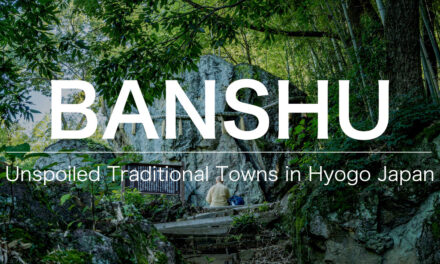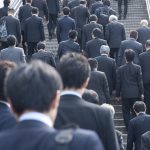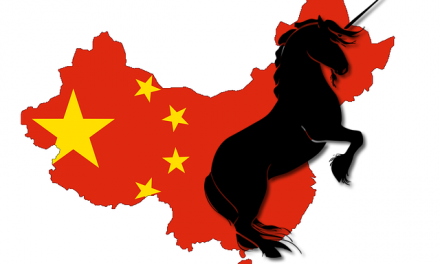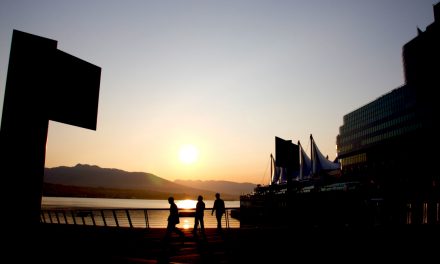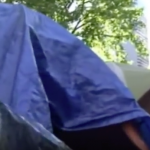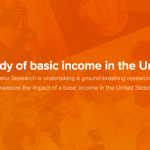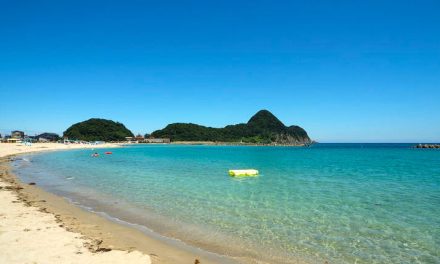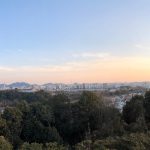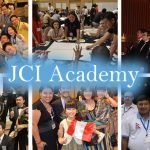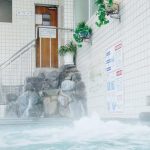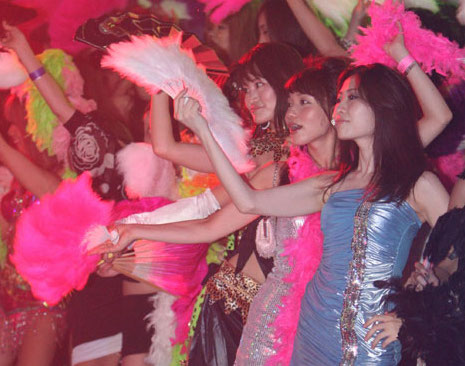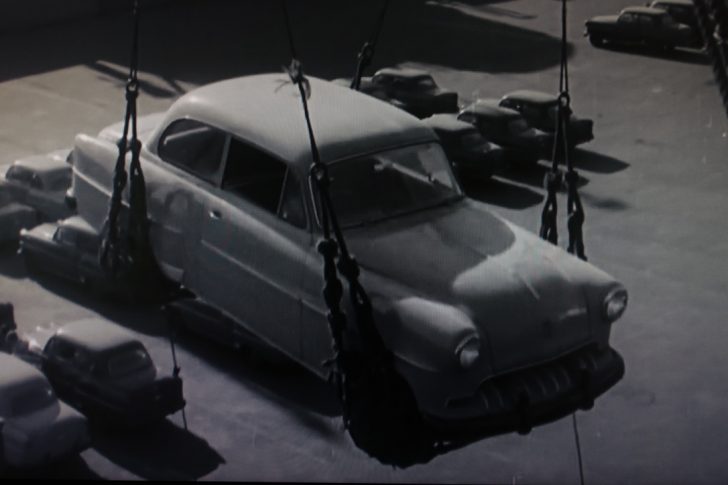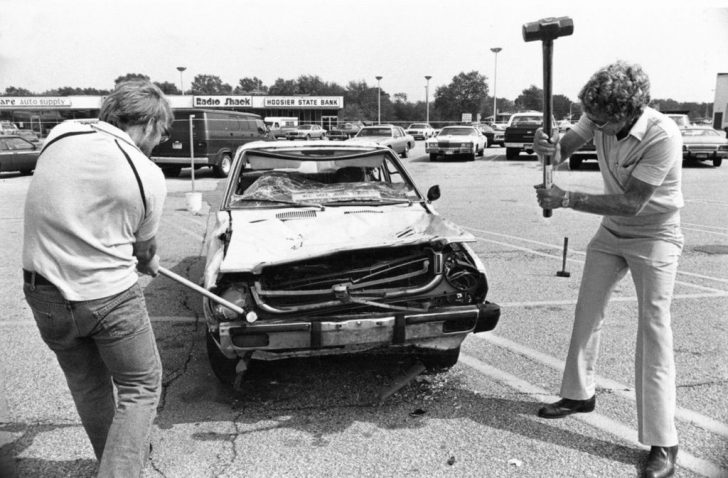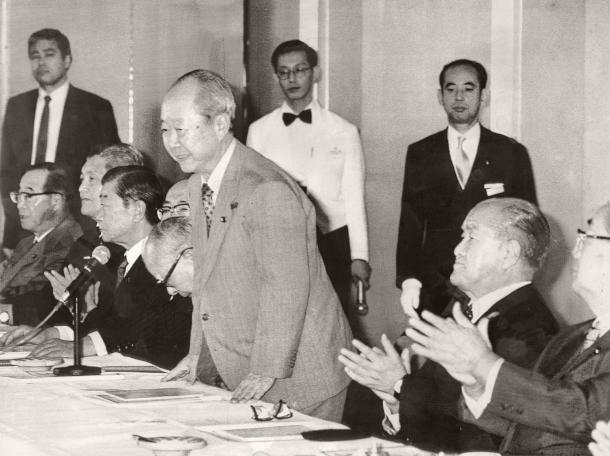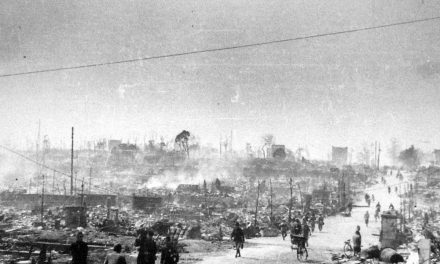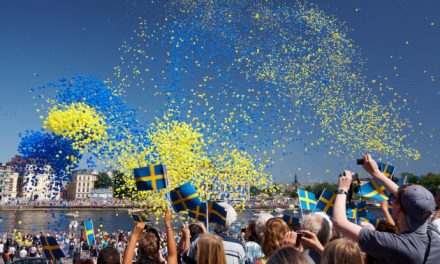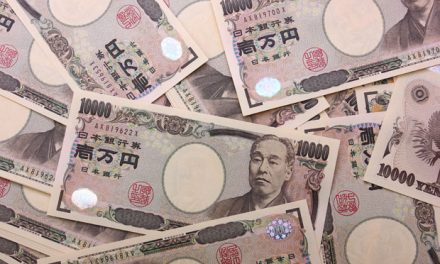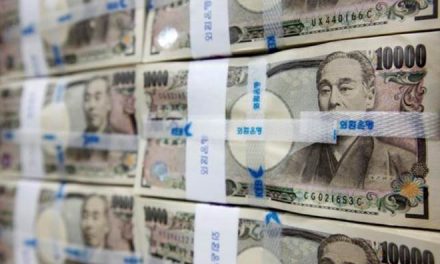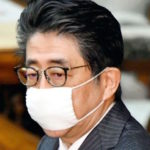
Japan’s Economic Miracle 12
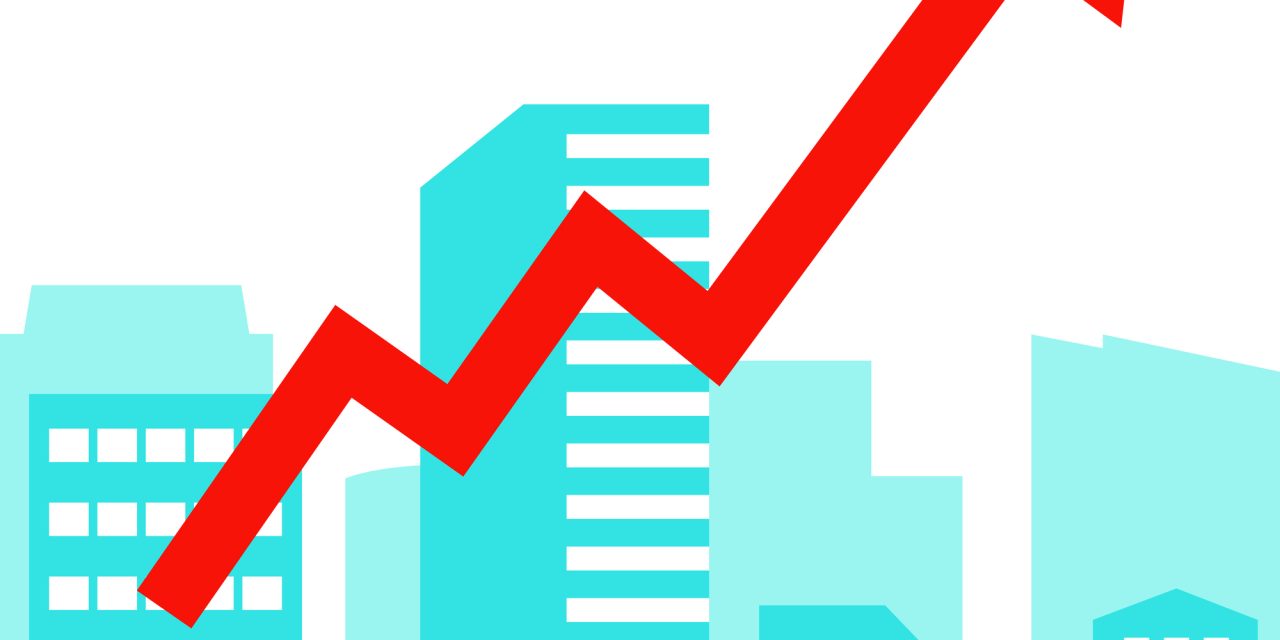
“During the economic bubble back in 1980s, unrealistic thing was happening in Japan. In short, raising funds with a lower interest rate and depositing it allowed anyone to be able to make profits, which was unrealistic.
Also land price went up. Then, the development of golf courses created a large amount of profits. Owners looked for members and sold them membership.
After that, banks lent them more money easily and this was going to a new development of a golf course. In 1987, I published a thesis where I mentioned that Japan’s land price was swelling in a magazine.
Perhaps, this was the first one which pointed out that the increase in land price was bubble. However, I got a bunch of criticism. Many critics said, “land price can’t cause bubble economy.
Stock can go up and down. However, Japan has fewer lands so that the increase in land price is natural. When it comes to the example of Hanwa, the most important thing is that the production of steel (their main business) was declining in those days.
Therefore, they were seeking for another way of making profits. At the same time, sort of maladjustment triggered by the financial liberalization drove people to start Zaiteku.
This means the environment was ready for Zaiteku. Companies were heading to finance and amateurs were going to real estate.”
Yukio Noguchi (An adviser of the University of Waseda financial research institute)
Plaza Accord
Plaza Accord is regarded as the trigger of Japan’s economic bubble (1985 September). 5 advanced countries decided to aim weak U.S$ required by the States. What was behind this was the US trade deficit which had accumulated massively of those days.
In particular, the most severe case was a trade conflict between the U.S and Japan. The car import from Japan had increased drastically back then. Therefore, the U.S required Japan to lead strong Japanese ¥ and the financial liberalization.
The increase in car export to the U.S from Japan had become a severe issue.
For the U.S, the appreciation of the Japanese currency meant that import prices from Japan would rise and they were able to expect to restrict imports.
Then, after the strong Japanese ¥ took root, if Japan implemented the financial liberalization, the
Finally, the U.S would be able to expand their exports to Japan. This was the scenario the U.S was deeming.
In those days, the U.S was not able to compete with Japan in terms of both efficiency and competitiveness.
Financial Liberalization
In
1986
January 4.5%
March 4%
April 3.5%
Implementing the reduction in the official bank rate could make capitals flow into banks easily, and then the
“The price of one hundred square meters of land in Tokyo went up to ¥1,330,000 from ¥670,000 in this year, which was almost double and an unrealistic way of rising. The reduction in the official bank rate repeated within a short period made banks’ financing to real estate businesses expand and it resulted in accelerating the appreciation of land price eventually.”
1986 NHK News
In September 1986, the strong yen (¥) advanced up to ¥150/$ from ¥240/$ previous year. This affected Japan’s exporters negatively, so-called strong yen (¥) recession.
On September 5th, 1986, the Minister of Finance Miyazawa flew to America to ask the Secretary of Treasury Baker, to cooperate with Japan to stop the advance in strong Japan’s currency.
However, Baker insisted that the trade deficit hadn’t become smaller than the U.S expected and because of this, he didn’t give an answer. Instead, he required that Japan was the extra reduction in the official bank rate.
The Bank of Japan pressed to respond to this requirement also got a lot of criticism that it should be avoided. A person who was at the center of this opinion was Yasushi Mieno, the Vice-Governor of the Bank of Japan. In his lifetime, he talked about the actual situation in an internal document.
To be continued …
Sponsored Link

